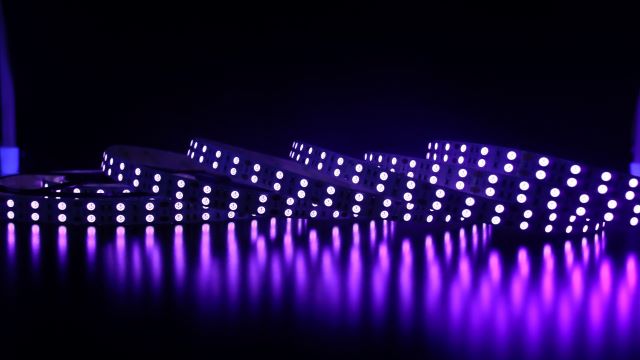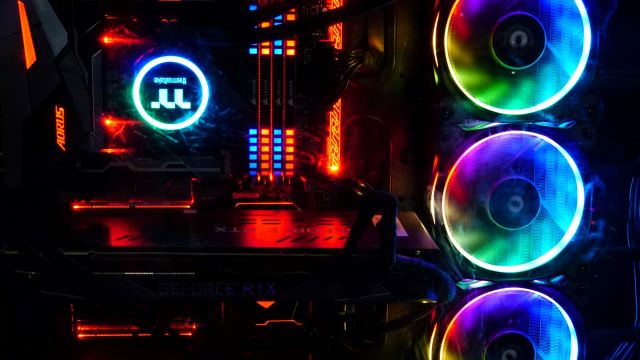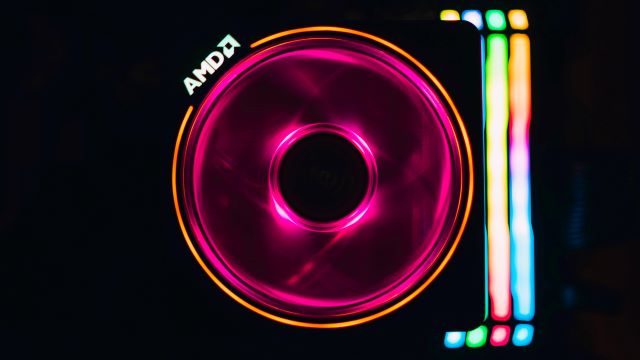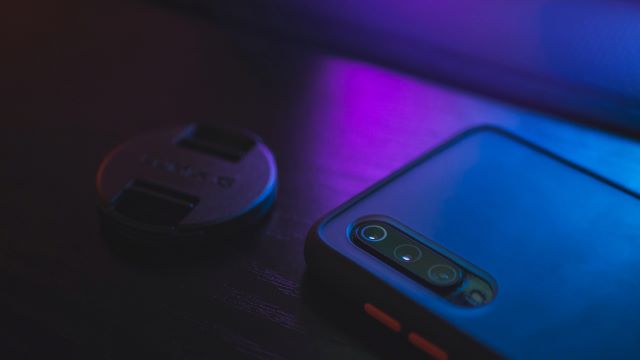To keep your LED strip lights from overheating, it is important to choose quality strips, and a compatible power supply and install the strips in a place with good ventilation. Plastics should be avoided when choosing a surface to install the strips if you do not want LED strips overheated. The kitchen and any other places where heat generates should be avoided.
There are several other ways to prevent strips from overheating. Let’s find it in detail.
Table of Contents
Can LED Strips Overheat?
Yes, LED strips can overheat for several reasons. Almost all the reasons are associated with improper installation or maintenance. They produce heat during operation and if the heat is not dissipated, then strips can be overheated.
Reasons Why LED Strips Get Hot?
RGB LED Strips or simply LED Strip lights can be overheated for so many reasons. Some of these are been explain below:
1. Improper Heat Dissipation
One of the main reasons for LED strips’ overheating is improper heat dissipation. There are several reasons that can cause this.
- If the strip is installed on a surface that does not allow proper heat dissipation, then LED strips can be overheated. Plastic and some wooden surfaces are like this.
- If strips are installed in any confined place and do not have sufficient ventilation options, then LED strips will be overheated.
- If the LED strips are installed in places like the kitchen, then it will be overheated.
So selecting the place to install the LED strips is very much important. Besides this, some strips have a plastic cover on them. They also retards heat dissipation and cause overheating.
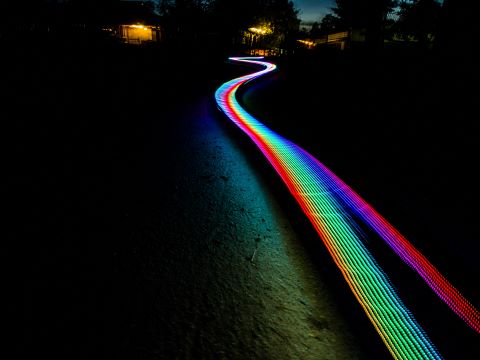
2. Using the Wrong Fixture
The fixture is the mounting material that is used to hold the LED strip in place. Besides mounting, it also can have an impact on heat dissipation, aesthetics, and protection. Therefore, choosing the right type of fixture is very important.
There are several types of fixtures that can be used for fixing the LED strips to the surface. Clamp-style fixtures and aluminum channels are two of these. Rigid extrusions, flexible silicone tubes, tract systems, and diffusers are also types.
Rigid extrusions and track systems have better heat dissipation properties. The aluminum channel is better than a clamp-style fixture. By using the right fixture, the lifespan of the LED strips can be increased.
3. The Way They are Wired
LED strips should be wired correctly. If not, then the strips can overheat. Here some factors should be considered.
- Inadequate Wire Gauge
- Overloading the Circuit
- Poor Connections
- Adding Multiple Strips Together in an Improper Way
4. Quality of the LED Strips
If the LED strips are of inferior quality components, then they cannot dissipate proper heat. It will cause overheating. You should consider some points to find out the good-quality strips.
- Lack of Certifications
- Uneven Brightness
- Poor Adhesive Quality/Fixture
- Inaccurate Wattage or Voltage Specification
- Inconsistent Color in RGB
- Damaged Component
These factors will lead you to differentiate between good and bad quality LED strips.
5. Wattage
This is another important point to consider. If we have two strips, one of 25 watts and the other of 50 watts, then obviously the 50-watt strip will generate more heat.
Related Article: Do LED Strip Lights Use a Lot of Electricity?
6. Insufficient Power Supply Capacity
Using the right power supply for the specific strips is important. Using the wrong power supply that does not match the wattage requirements of the LED strips can cause overheating. If the power is inadequate or overloaded, it may produce more heat than usual.
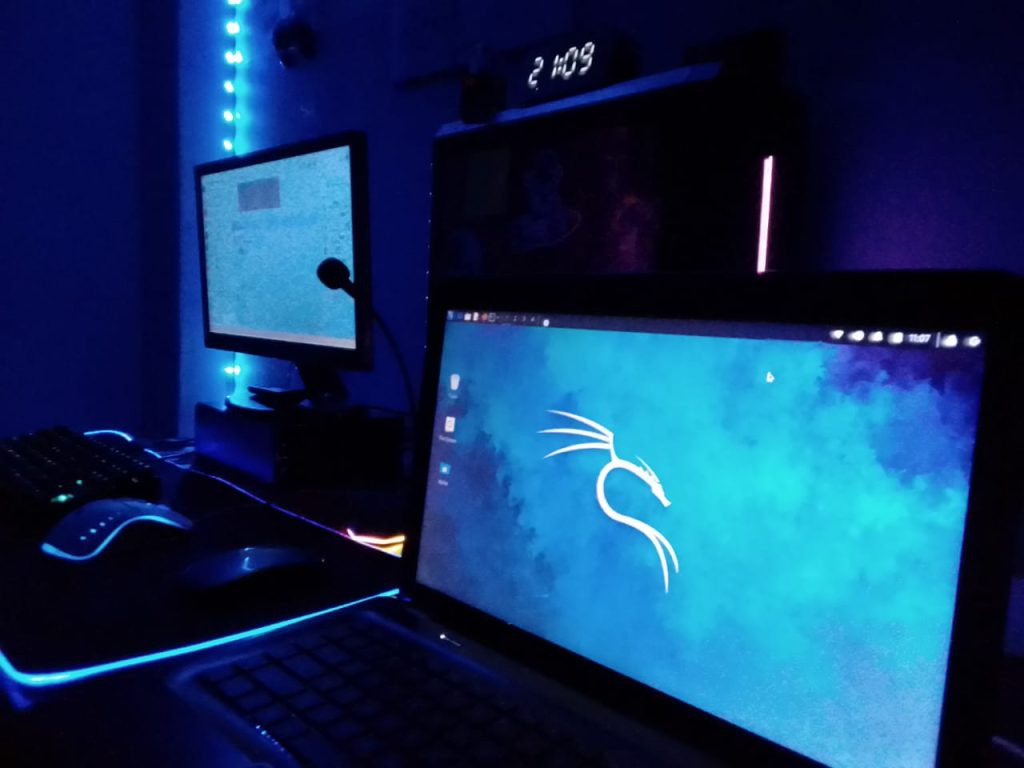
How to Prevent Overheating of LED Strips
We already discussed some reasons behind the overheating problem of LED strips. Solving these problems will solve the ultimate problem, overheating. To solve those, you need to follow some instructions. These instructions are:
- Avoid plastic or any other surface that retards heat dissipation.
- Do not install the LED strip in the kitchen or any other place like this.
- Try to use strips without cover if you do not need the covered one specifically.
- Ensure proper ventilation.
- Use the right type of fixture that dissipates heat better than others. The aluminum channel can be your solution.
- Wire them in the correct way.
- Inspect the LED strips before buying and be sure about the quality.
- Try to use low-wattage strips if high-wattage is not your requirement for specific usage.
- Choose the right power supply for your LED strips.
Following these instructions will help you to worry about “Can LED strips overheat?”. So our recommendation for you is just to follow these. Besides these, a heat sink can be used. In addition, an additional cooling system can also be used to prevent your LED strips from being overheated. These thermal management systems will help you and give you the best experience with your LED Strips.

Actually, I am a student of Textile Engineering. I love playing games and RGB components. Besides, I used to sell various RGB products. So I have some ideas and experiences. Here I am to share mine with you through RGB For Gamers.
